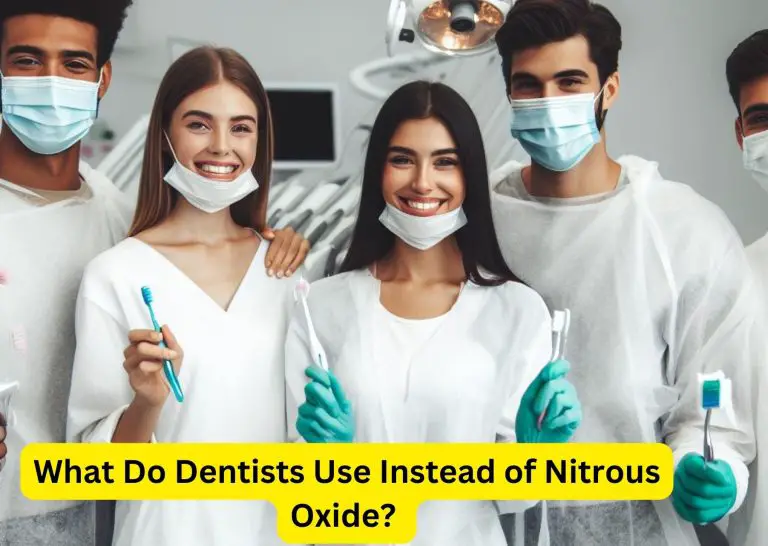Hyperdontia Treatment
Hyperdontia treatment may involve extraction or orthodontic intervention to manage the extra teeth. The condition requires evaluation by a dental professional to determine the optimal treatment approach.
Hyperdontia is a dental condition where individuals have supernumerary (extra) teeth. It can occur in both primary and permanent dentition, leading to various dental problems such as crowding, misalignment, and impaction. Treatment for hyperdontia typically involves the removal of the extra teeth or orthodontic intervention to align the teeth properly.
While the extraction of the supernumerary teeth is a common approach, orthodontic treatment may be necessary to correct any misalignment or crowding caused by the extra teeth. It’s crucial to seek professional dental care for customized treatment recommendations based on individual needs.
Understanding Hyperdontia
Hyperdontia is a dental condition characterized by the presence of extra teeth beyond the normal complement. These supernumerary teeth can develop in various areas of the mouth, leading to potential issues such as overcrowding, misalignment, and impaction. The development of hyperdontia is influenced by a combination of genetic and environmental factors, with genetics playing a significant role in predisposing individuals to this condition. Understanding the basics of how these additional teeth develop and being able to differentiate between normal and supernumerary teeth is crucial in the assessment and effective management of hyperdontia. Dental professionals employ a range of treatment approaches, including extraction and orthodontic interventions, to address the challenges associated with this condition and restore optimal oral health.
Symptoms Prompting Treatment
Hyperdontia Treatment Symptoms Prompting Treatment: Hyperdontia can cause various symptoms in both adults and children. Identifying key signs in adults such as overcrowding of teeth, delayed eruption of adult teeth, and abnormal spacing can indicate the need for treatment. Recognizing symptoms in children such as extra teeth, delayed loss of baby teeth, difficulty chewing, and misalignment should also prompt dental evaluation. Parents should be aware of when to seek dental advice if they notice any irregularities in their child’s oral development, as early intervention can prevent complications.
Professional Diagnosis Methods
Dental X-rays and their importance: Dental X-rays play a crucial role in the diagnosis of hyperdontia. They provide detailed images of the teeth, roots, and surrounding structures, enabling dentists to identify extra teeth and plan treatment effectively.
CT scans vs. traditional assessments: CT scans offer a more comprehensive view of the oral structures, allowing for precise identification of supernumerary teeth. Compared to traditional assessments, CT scans provide detailed 3D images, aiding in accurate diagnosis and treatment planning.

Credit: mygentletouchdentistry.com
Assessing The Need For Removal
Hyperdontia is a condition characterized by the presence of extra teeth, which can lead to various dental complications. Assessing the need for removal requires a thorough risk evaluation to determine the potential consequences of retaining the additional teeth. Dentists consider several criteria for deciding on extraction, including the impact on oral function, potential misalignment of existing teeth, and the risk of developing oral health issues such as overcrowding and gum disease. Each case of hyperdontia is unique, and the decision to undergo treatment should be based on a comprehensive assessment of the individual’s dental health and potential risks associated with retaining the extra teeth.
Preparing For Hyperdontia Surgery
Patients undergoing hyperdontia surgery must go through a series of steps leading up to the procedure. Besides the physical aspects, psychological preparation is crucial. Understanding the surgery and its potential outcomes is essential for patients. This involves educating them about the surgical process, potential risks, and rehabilitation. Furthermore, providing psychological support to reduce anxiety and fears associated with the surgery is essential. Encouraging patients to communicate their concerns and questions can help alleviate anxiety and promote a positive outlook.
Advanced Removal Techniques
Hyperdontia, a condition characterized by the presence of supernumerary teeth, can be effectively treated using advanced removal techniques. Laser treatment possibilities offer a minimally invasive approach, facilitating precise targeting of supernumerary teeth with minimal impact on surrounding tissues. Additionally, the role of minimally invasive surgery plays a crucial part in achieving optimal outcomes for patients with hyperdontia. These advanced treatment options not only ensure effective removal of supernumerary teeth but also contribute to reduced post-operative discomfort and faster recovery.
Post-surgical Care Essentials
After undergoing hyperdontia treatment, it’s crucial to prioritize healing and recovery. Proper care can significantly impact the outcomes of the procedure. Implementing adequate pain management is paramount. Be sure to follow all post-surgical instructions from your dentist or oral surgeon to prevent complications.
During the recovery period, maintain good oral hygiene to promote healing. This includes gentle brushing and rinsing with a mild saltwater solution. Avoid strenuous activities and follow a soft diet to prevent irritation to the surgical site. If you experience excessive bleeding or swelling, contact your dental care provider immediately.
Following hyperdontia treatment, prioritize routine dental check-ups. Regular dental visits are essential for monitoring your oral health and addressing any concerns promptly. Additionally, maintain a consistent oral care routine at home to support long-term dental health.
Conclusion
Hyperdontia treatment offers a range of options to address the condition. From early detection to personalized management, individuals with hyperdontia can benefit from seeking professional guidance. By understanding the available treatments and seeking timely intervention, patients can improve their oral health and overall well-being.
Seek professional advice for personalized treatment options.


